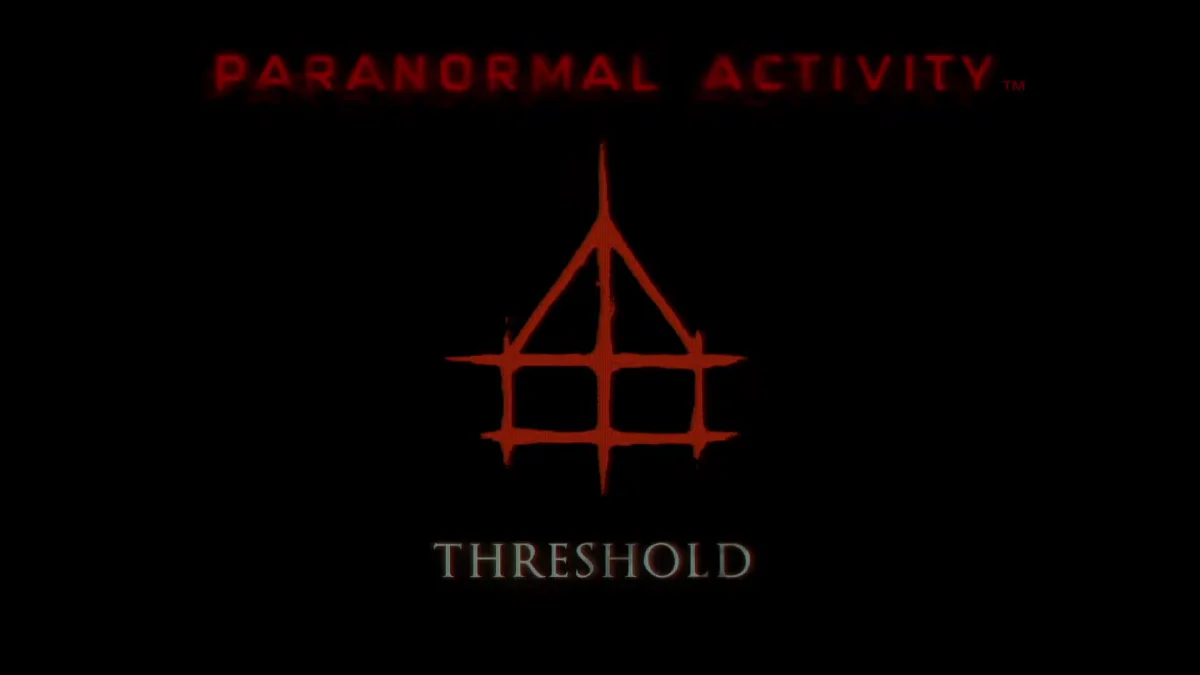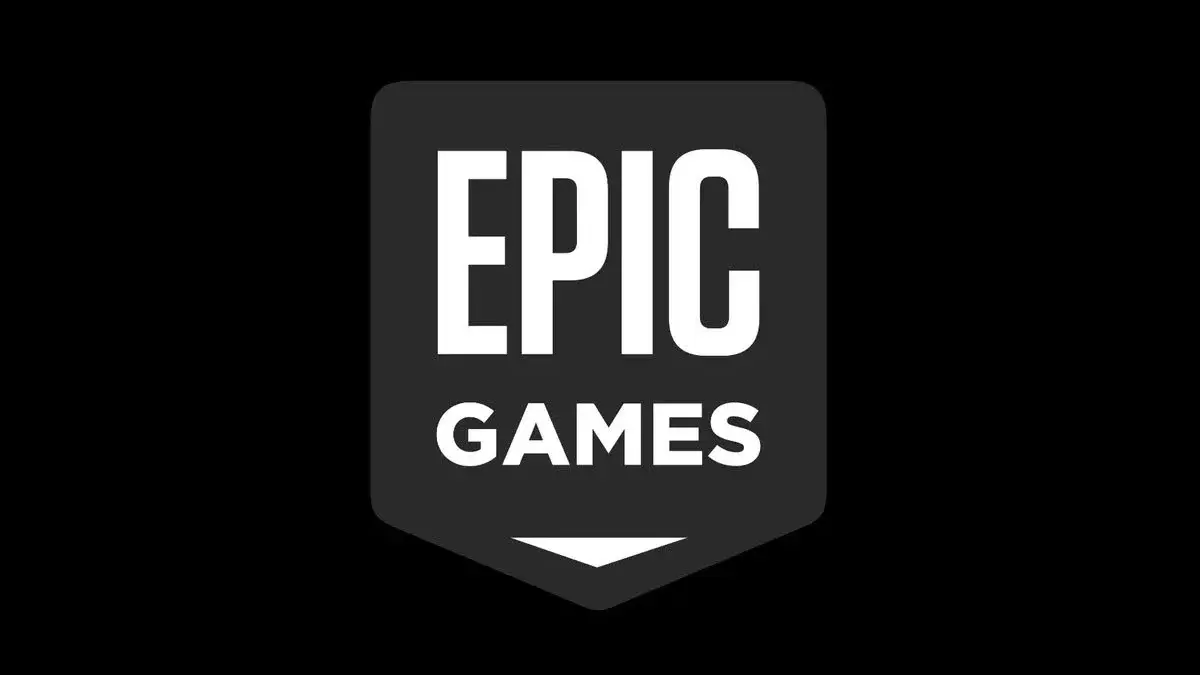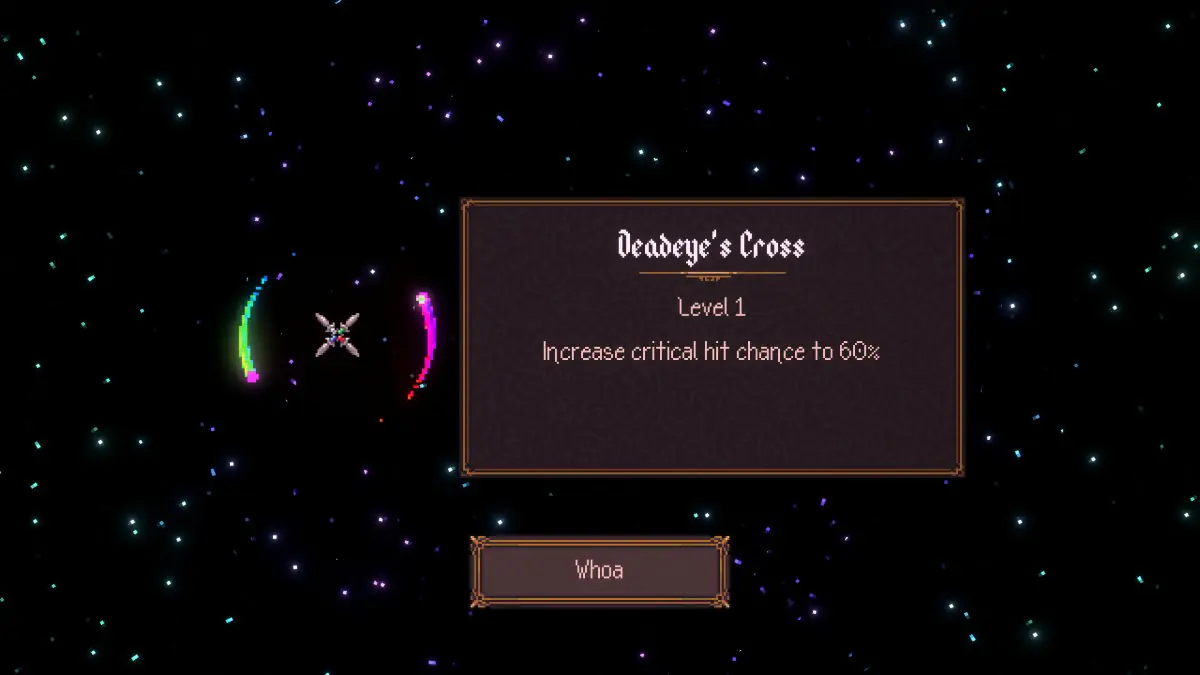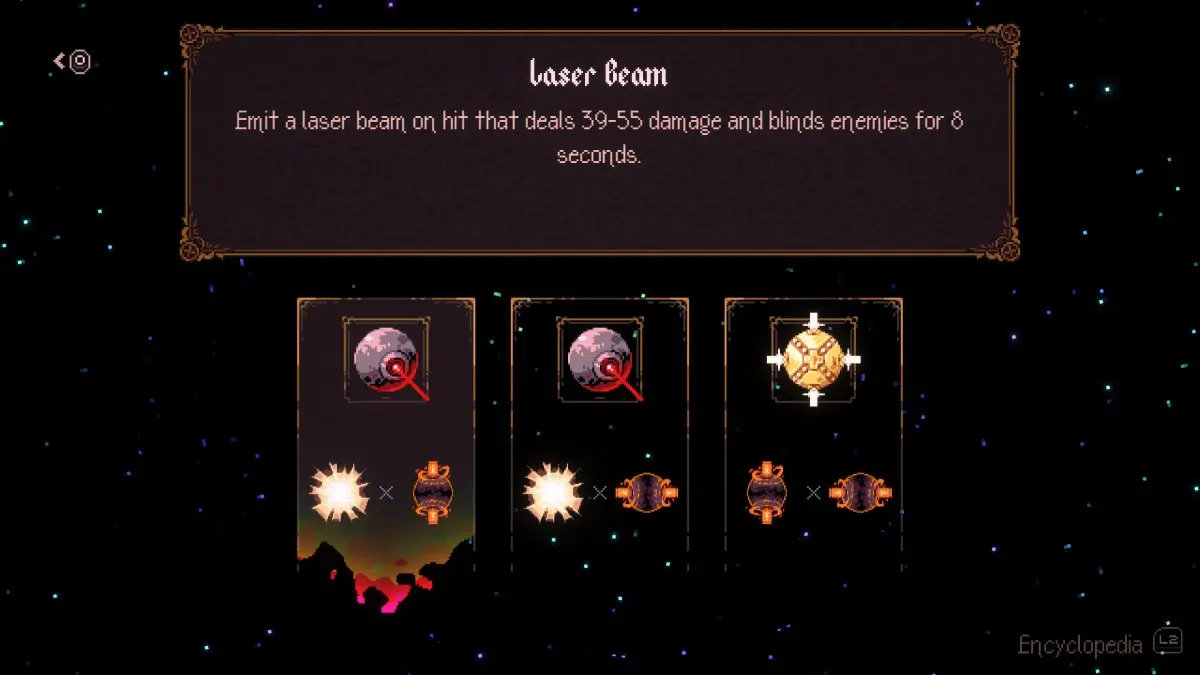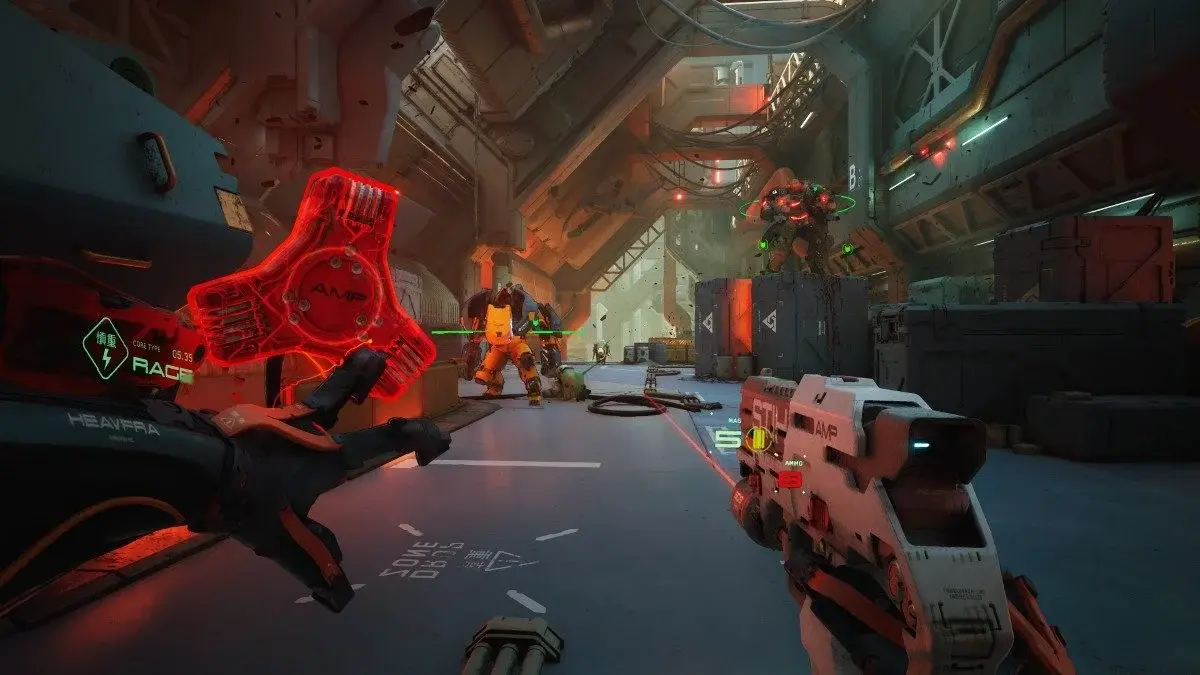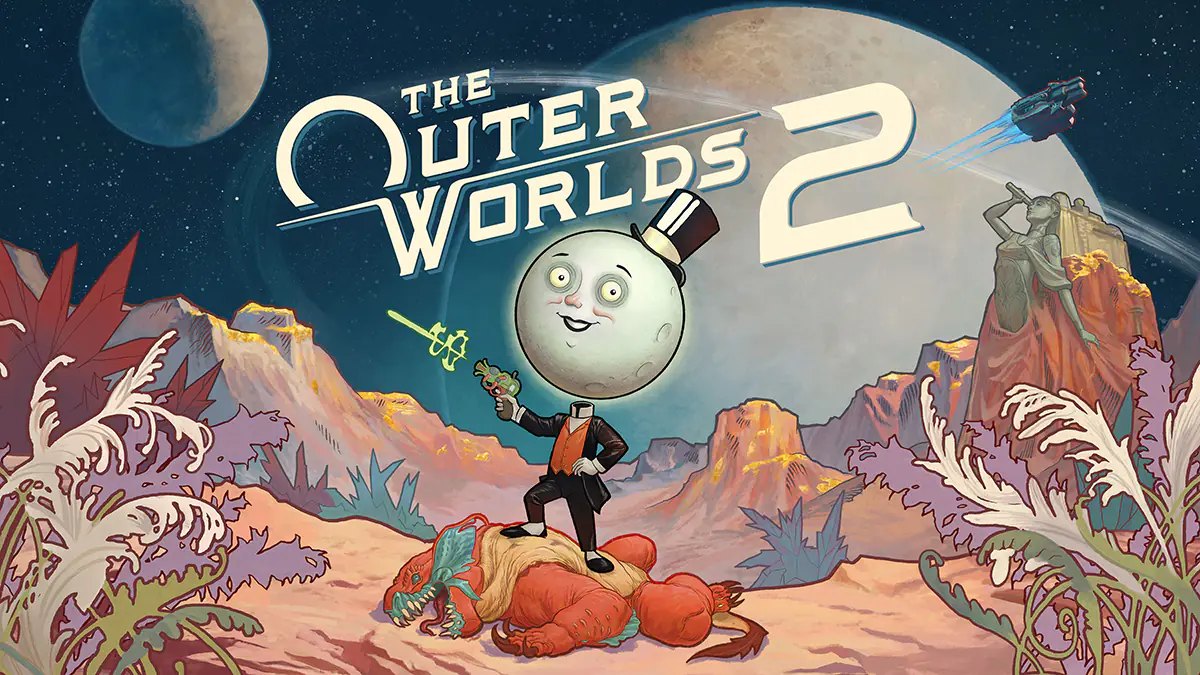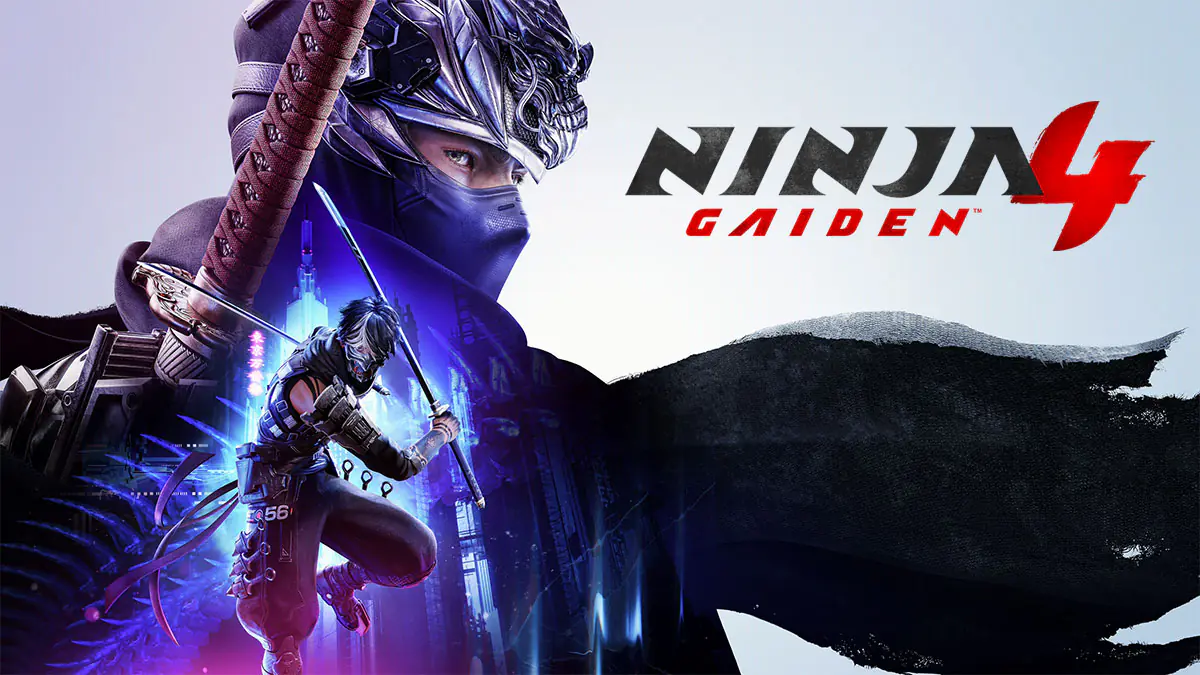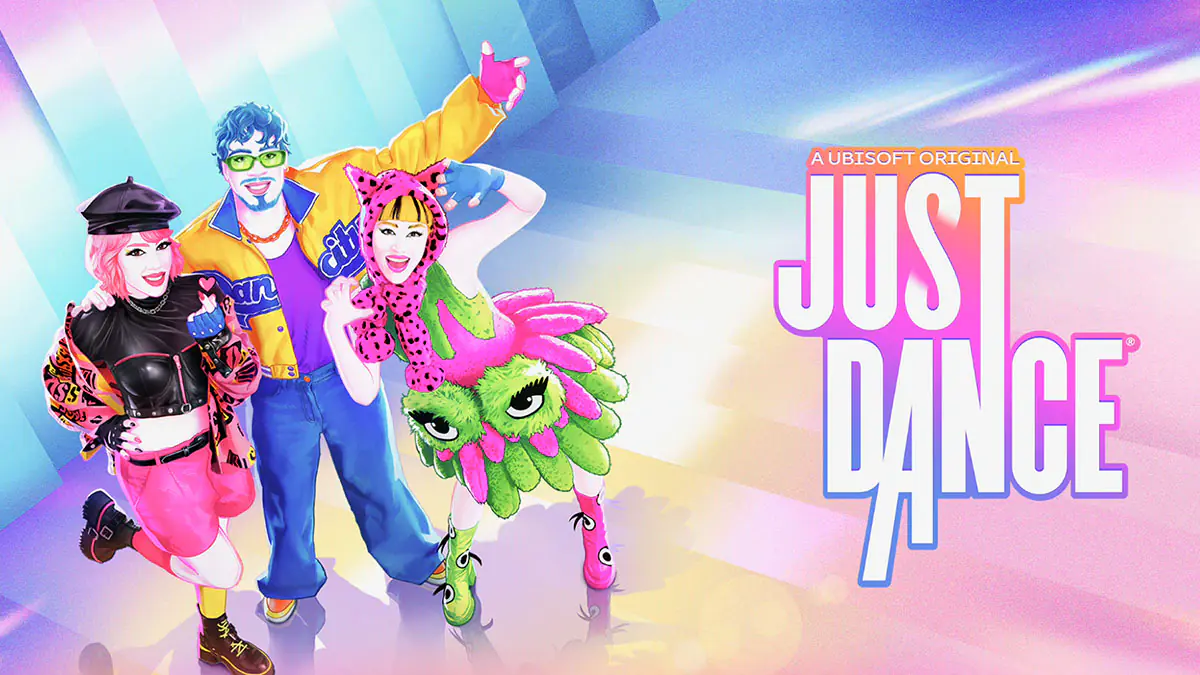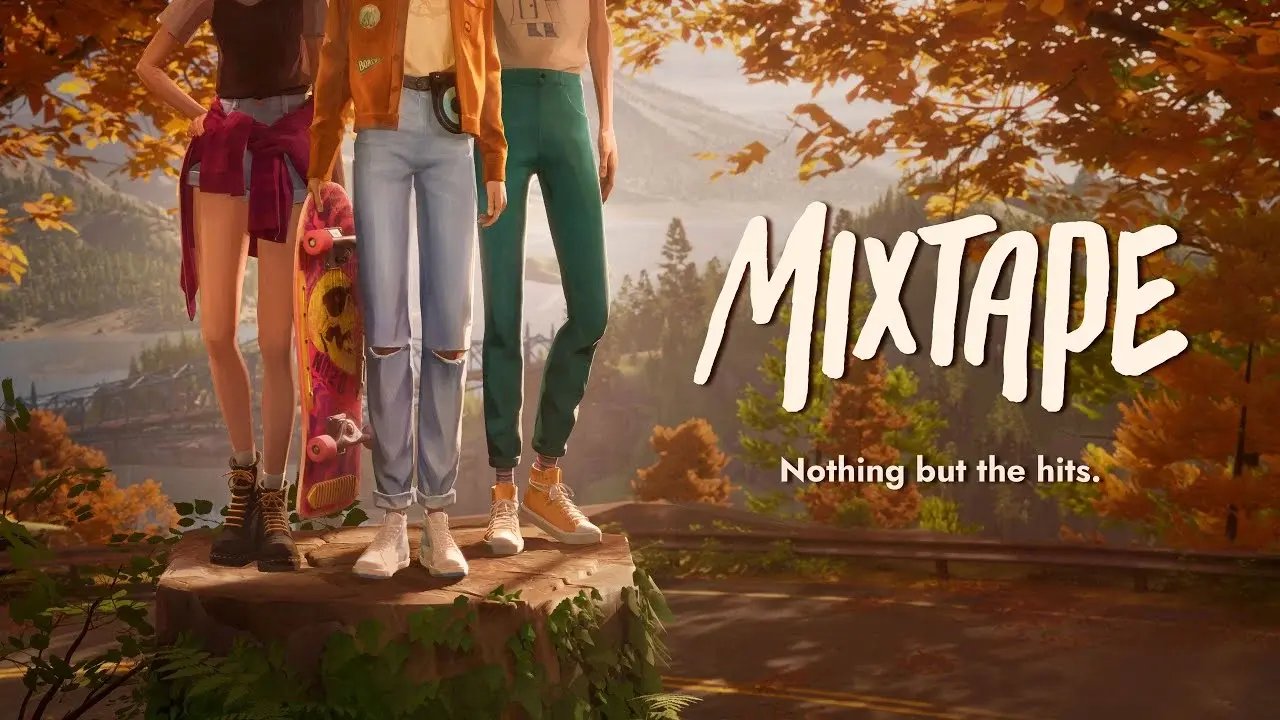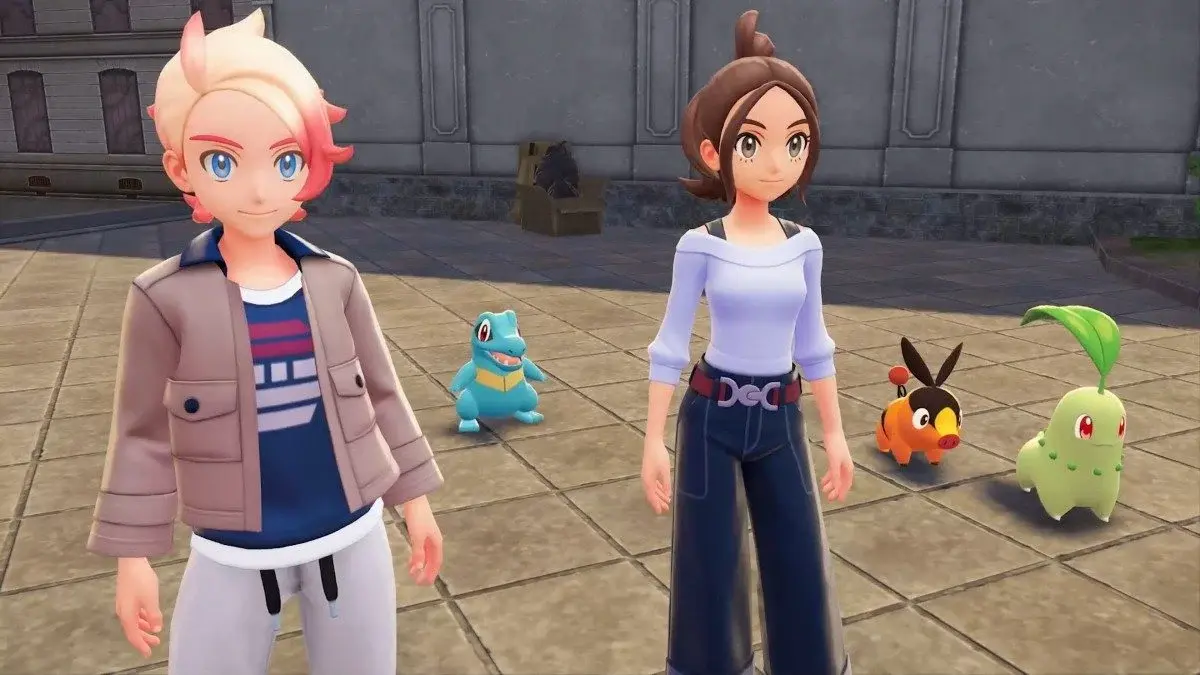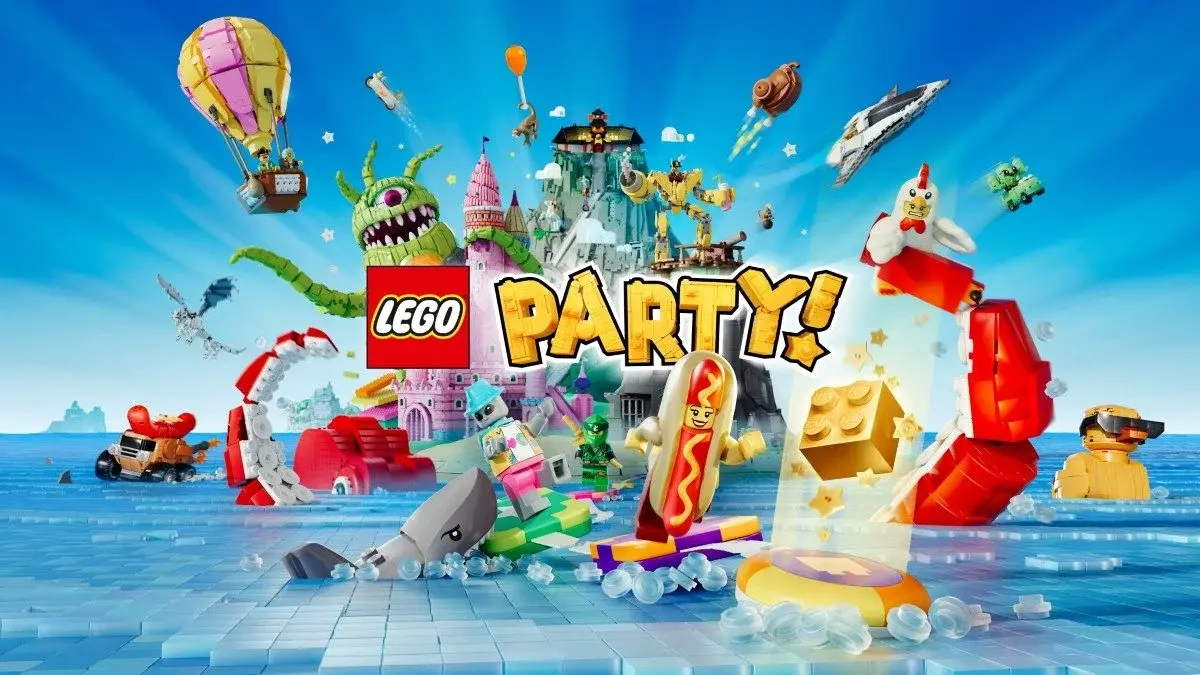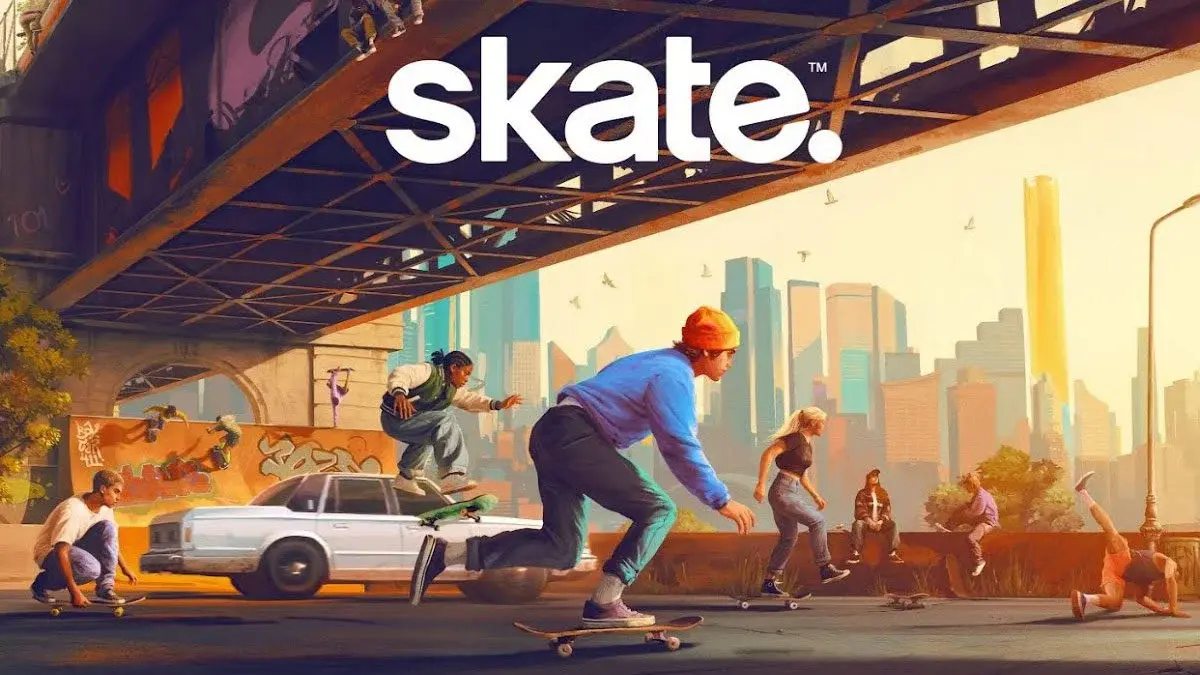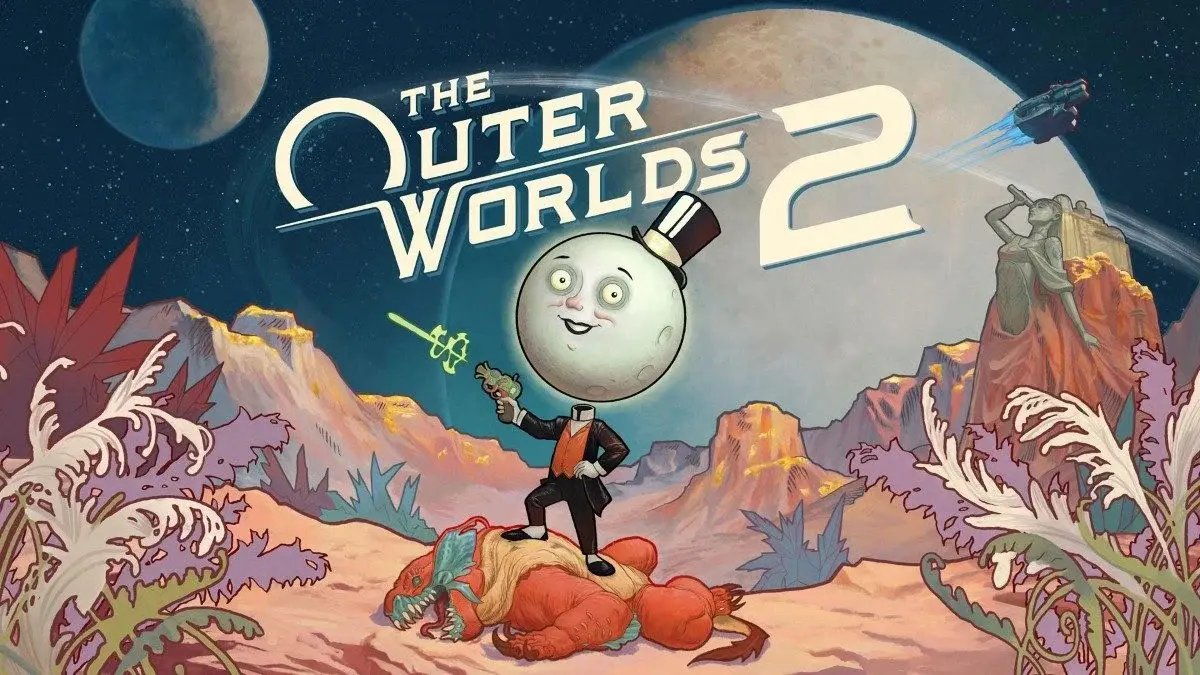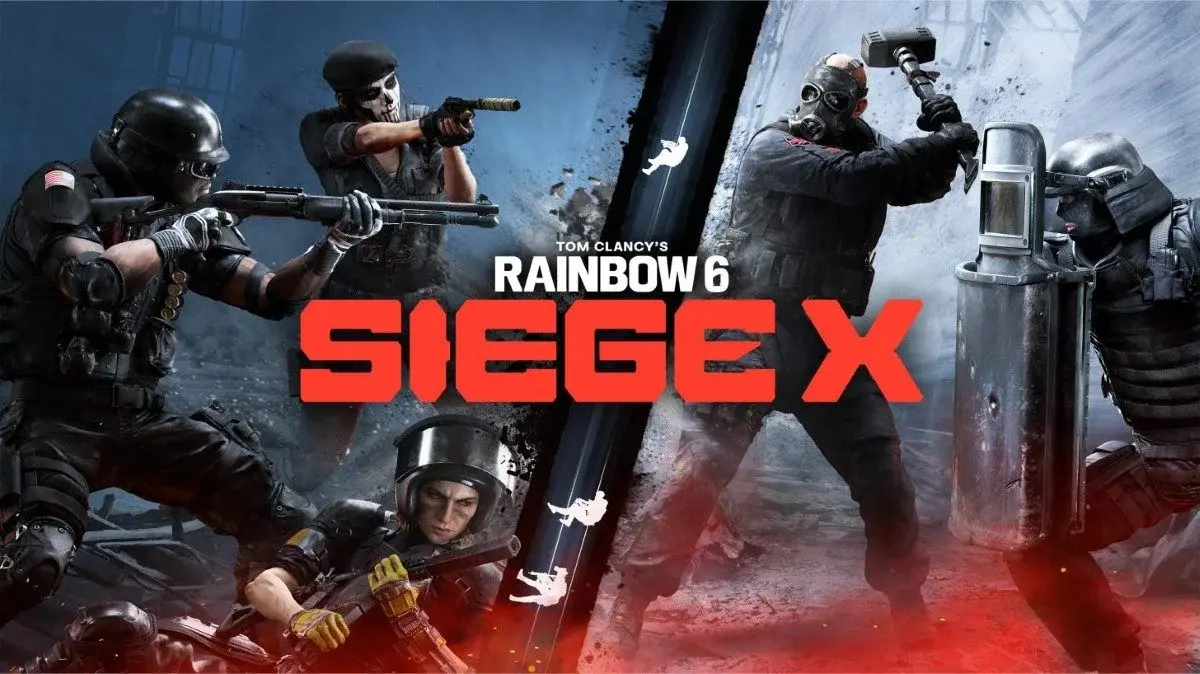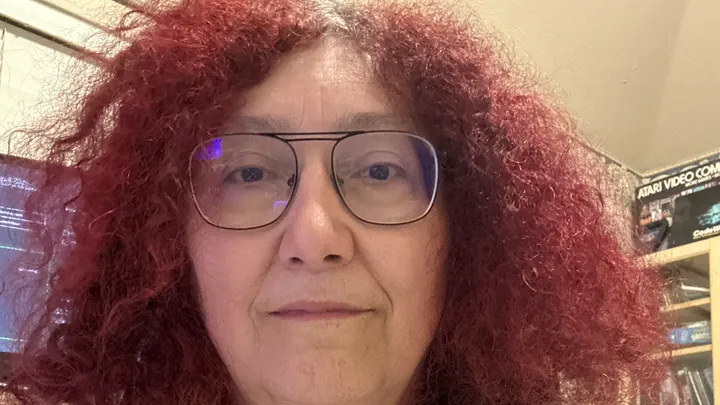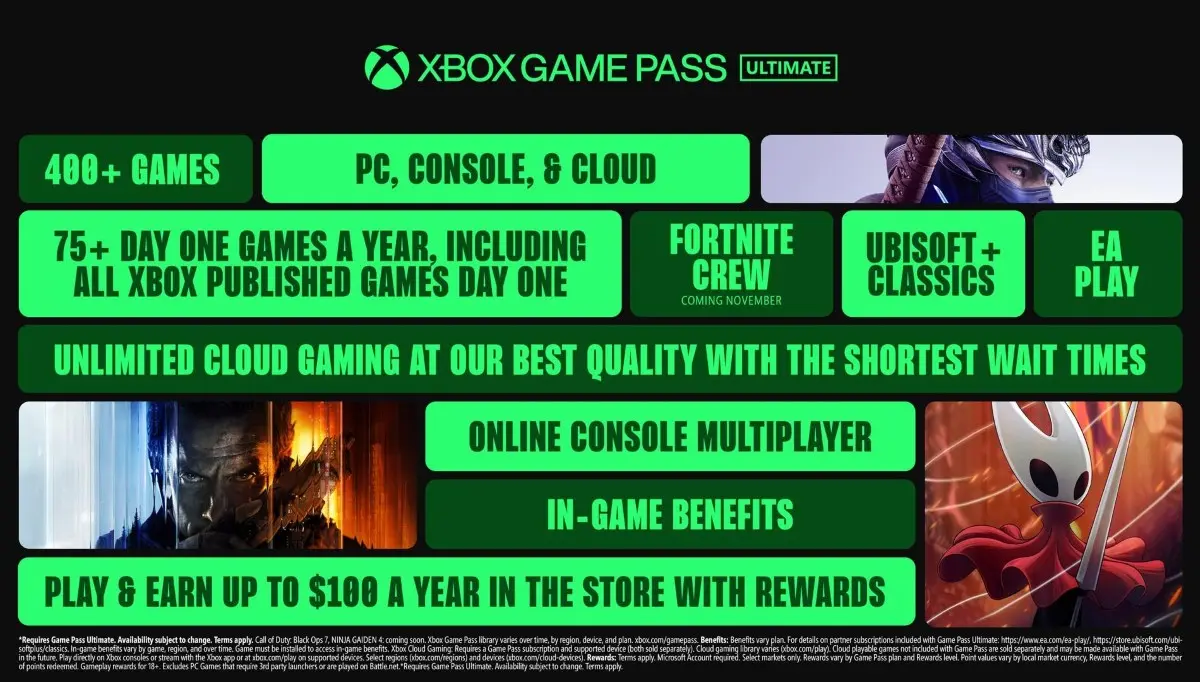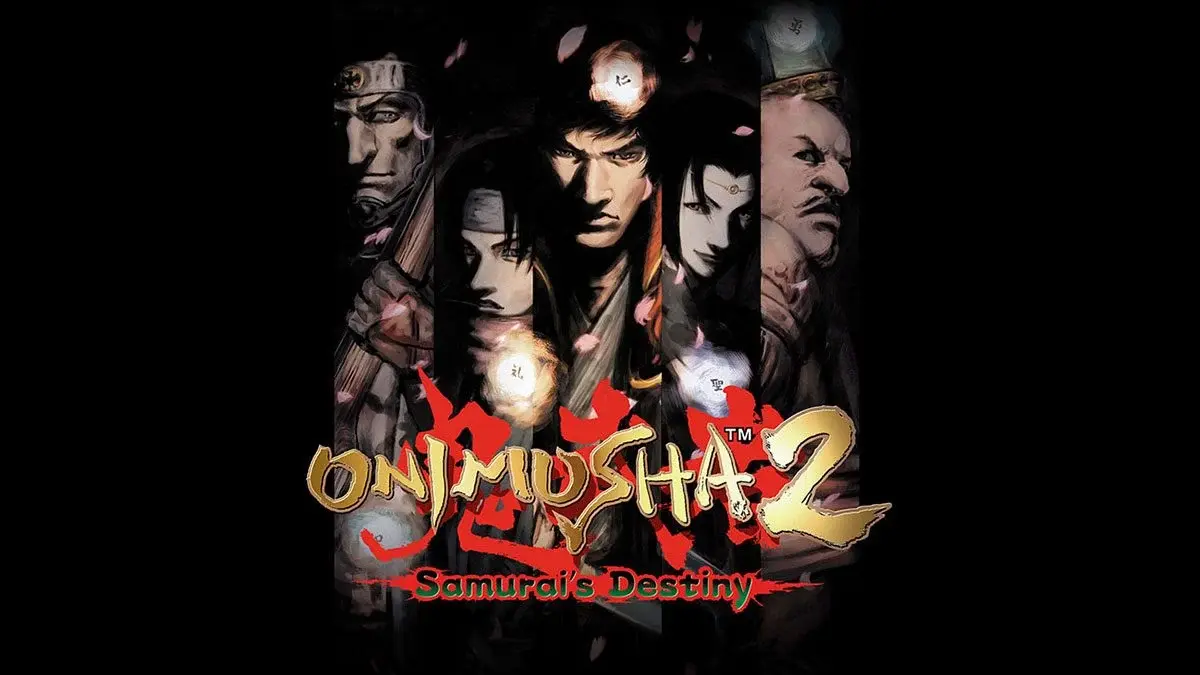Nostalgic hit, or sad reminder?
Since developers started remaking and remastering old video games, I’ve had conflicting views on the subject. When it comes to remasters I’m mostly supportive. Hell, I’ve even favourably reviewed a few of them over the years — if an older game is rebuilt from the ground up, allowing it to fall into line with modern controls, mechanics, and visuals, it enables a new generation of gamers to experience the classics of yesteryear.
When it comes to remasters, I’m a little less forgiving. Taking an old game with old mechanics, then upping the resolution and chucking on some prettier textures does little for me. As I’m about to enter my mid-40s a hit of nostalgia is a bit of fun, though I’d rather get that hit from the original experience rather than fork out cash for a game I (or maybe my parents) had already paid for 20 years prior. I must admit though that a remaster is great for helping us to see how far video games have come, and this is especially true for Onimusha 2 Samurai’s Destiny Remastered.
Originally released on the PS2 in 2002, Onimusha 2 was a massive hit as the third bestselling game in Japan at the time. It won numerous accolades and earned great — but not excellent — review scores to boot. If I think back to the calibre of games back then, it’s easy to see why it was so well received. If you haven’t played Onimusha 2 before, the simplest way to describe it is that it’s a Japanese hack-and-slasher with some gameplay elements from Resident Evil. It also features somewhat of a variable story, which was pretty unheard of back in the day. Of course, this promotes replayability for those inclined — though without the use of guides, working out how to see all the story branches is a slog that not everyone has time for.
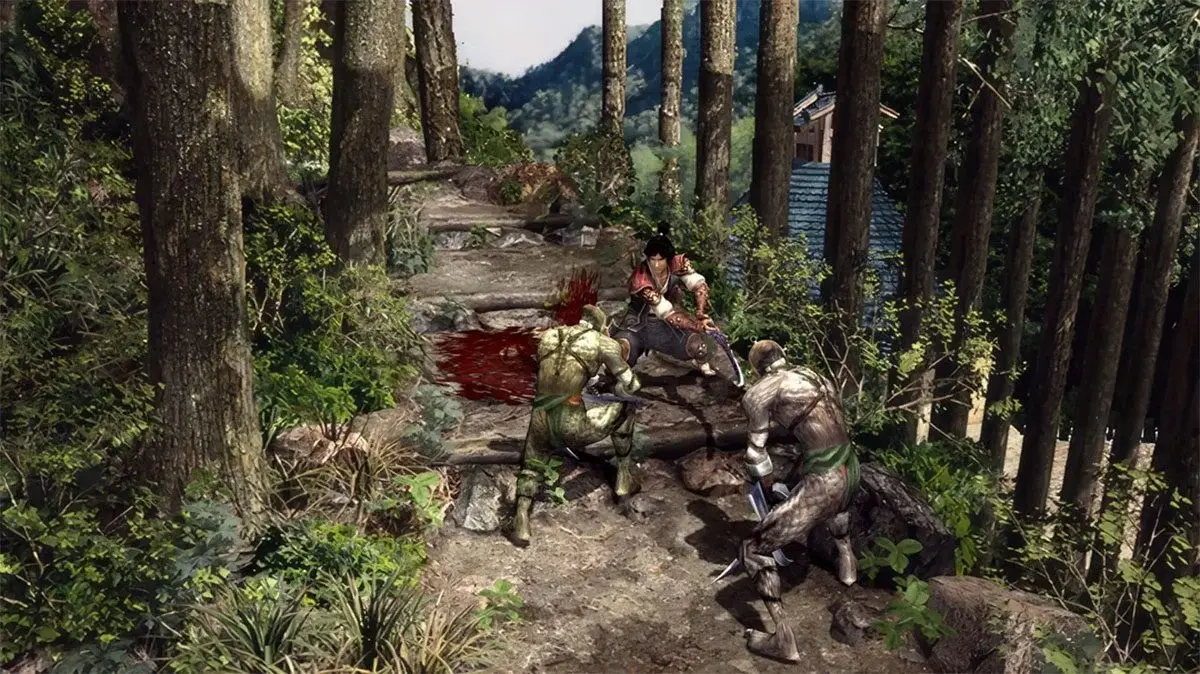
Playing as Jubei Yagyu, you return to your village after a long stint away only to find it destroyed; all the men women and children of the village have been brutally murdered. As the sole survivor, Jubei sets out to find the aggressor and exact his revenge.
Like the early Resident Evil titles, Onimusha 2 is played from the perspective of static cameras. As Jubei explores villages, forests, castles, and caves, he moves in and out of screens with sometimes smooth — but mostly jarring — camera switches that often cause an infuriating loss of orientation in the world. On many occasions I found myself running out of one area holding up on my thumbstick, and then once in the new area having no idea which direction I came from and then returning back the way I came unintentionally. It’s infuriating to say the least.
But to add more flies to the ointment, combat often occurs over multiple areas. Battling demons with within a single area is manageable, but if that fight has Jubei standing close to the edge of an area, prepare for frustration beyond belief. Will the transition between areas once again cause you to lose your position in the fight and result in you suddenly swinging your sword in the wrong direction? Or will the camera angle in the next area give you nothing but a view of the back of your opponent’s head? It’s anyone’s guess. Current-gen games would never get away with this, though I’m surprised Capcom managed to get away with it twenty-three years ago.
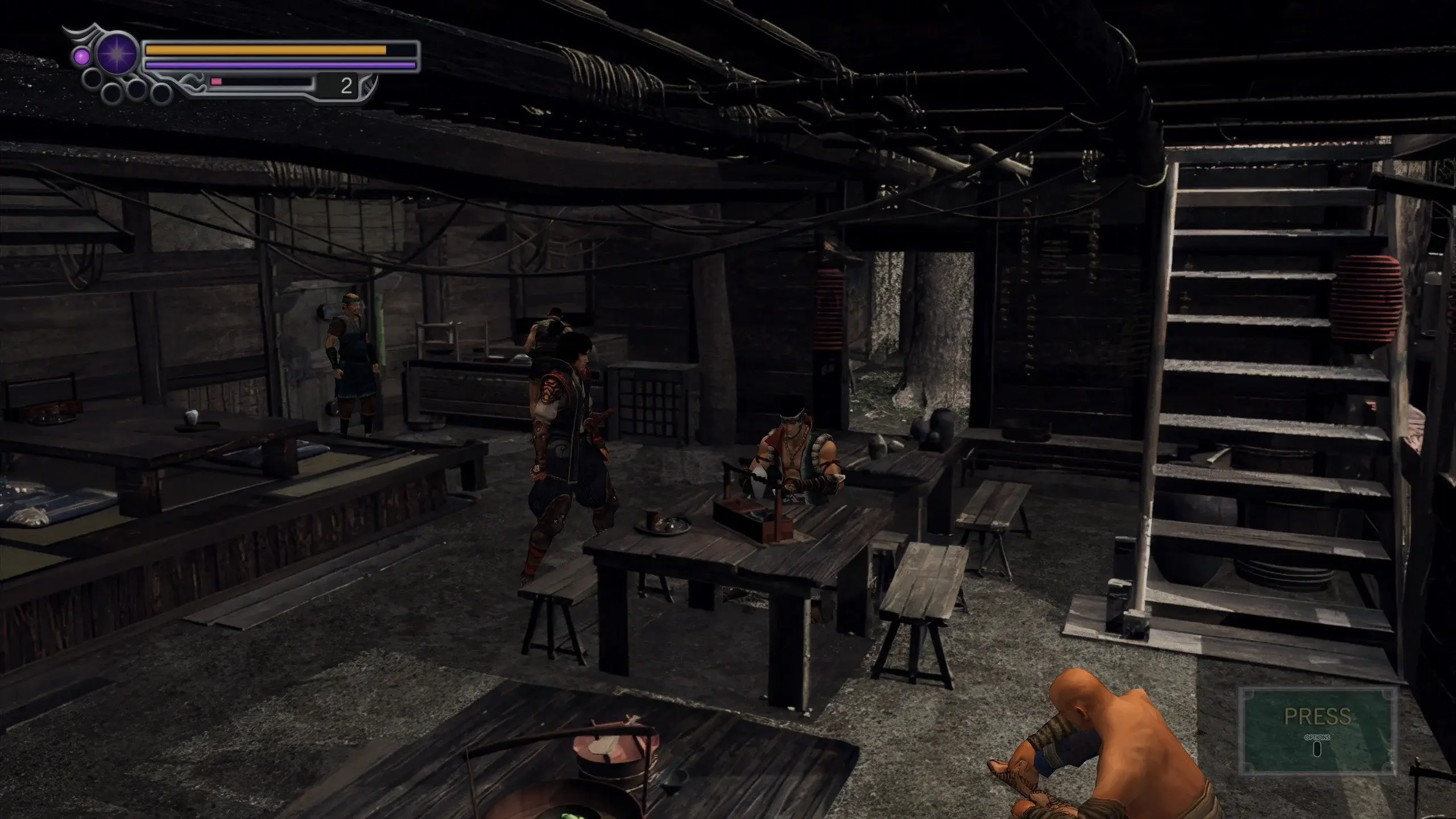
Camera angles aside, it’s not all anger and frustration. For what it is, Onimusha 2 gets better the further you go. This is especially true when you’re contained to a single area combat with demons, including encounters with most bosses. There’s also an element of satisfaction that’s all thanks to the weapons you unlock along the way: four primary weapons, each with a combo attack, and coupled with an elemental special attack. The latter depletes a magic bar which is individual to each weapon, allowing you to mix things up and manage your magic resources through weapon swaps.
That said, the button combinations for doing so is far from intuitive. Combat also features a critical attack which does massive damage if you can time your attack at exactly the same time as that of your opponent. I found it painfully difficult to execute reliably, so pulling it off had me cheering internally. Getting it wrong had me pulling my hair out… and the latter occurred much more frequently than the former.
The promo videos for Onimusha 2 also spruik that critical attacks can now be chained together in a really satisfying flurry of hits. Sadly, as critical hits are so difficult to use, this new feature adds little to the experience.
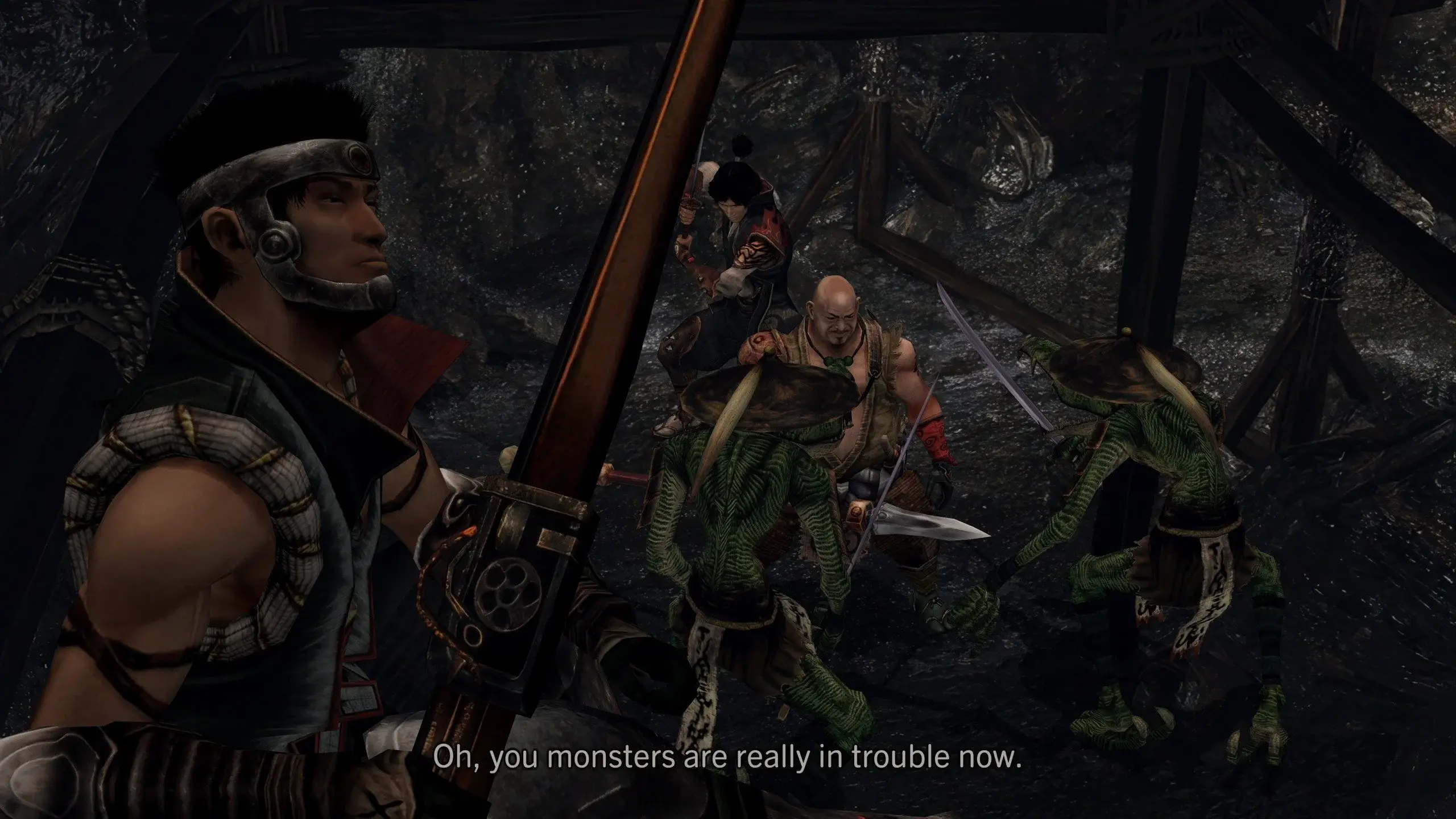
For a game this old, enemies are varied enough; each have their own array of attacks which will keep Jubai on his toes all the way through the seven-ish hour campaign. Killing demons, however, isn’t all you’ll be doing — scattered around the place are a number of puzzles with varying degrees of difficulty between too easy and slightly challenging. Much like the games of yore, progressing through the game requires the use of keys and similar items to unlock certain doors.
In our Onimusha 2 preview, Steve compared some elements of the game to From Software’s Soulslike titles. Initially I didn’t get that comparison, though having now completed the campaign and being midway through my second attempt, I can now see some similarities. Not so much in the difficulty of the game — which is usually what people mean when they make such a comparison — but in the layout of the levels and how shortcuts and new areas become available.
While sending a player on a hunt for a coloured key to use in a coloured door is as old as Commander Keen, you’ll notice that in Onimusha 2, you’ll encounter completely inaccessible very early on in proceedings. You won’t find ways into some of those areas until very late in the game. But rather than backtracking through the rather linear game world, you’ll find neat little shortcuts that’ll help you out at very convenient times. Level design of this calibre was uncommon in 2002.
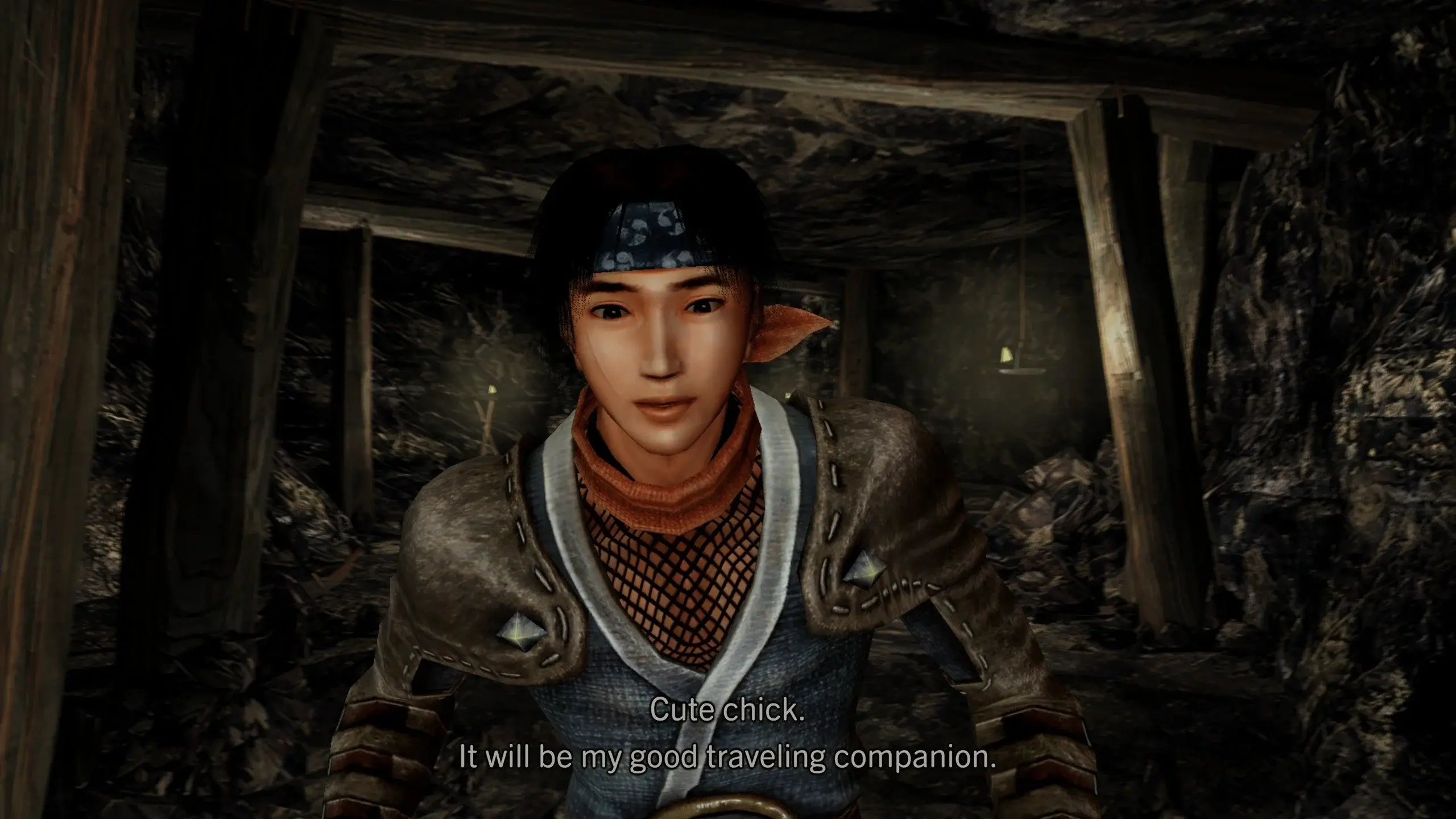
None of this is new though. My comments above are simply a take on a 2002 game (with a couple minor combat changes) with the benefit of twenty three years of progress and improvements in video game creation to consider. When a game is remastered, the most obvious change is the visuals; for some, this might be enough to justify a purchase if the improvement is significant.
Regretfully, the remastering of Onimusha 2 is just an increase to the resolution and nothing more. There are no new textures, no improved lighting effects, and no changes to character animations. If anyone was going to criticise a remaster for being a cheap cash grab, this is a fine example.
Onimusha 2 has a lot to be proud of. It was well received by critics and gamers alike in the same year that Grand Theft Auto Vice City and Metroid Prime were released. While I’ve no doubt that there will be a lot of fans out there that will defend its remastering, it does little more than highlight how far games have come for me — and highlight why I shouldn’t play the old ones.
Onimusha 2 Samurai’s Destiny Remastered was reviewed using a promotional code on Windows PC via Steam, as provided by the publisher. Click here to learn more about Stevivor’s scoring scale.
This article may contain affiliate links, meaning we could earn a small commission if you click-through and make a purchase. Stevivor is an independent outlet and our journalism is in no way influenced by any advertiser or commercial initiative.


